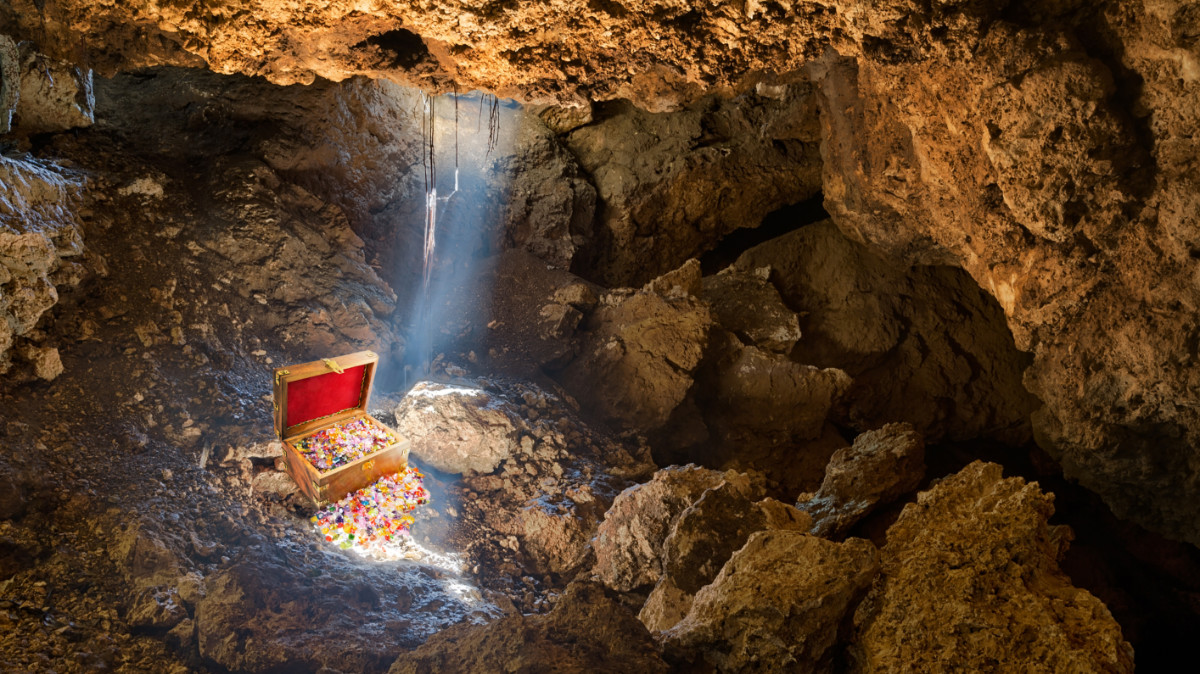Phase 3 drilling turns up LCT indicators that align with the class LCT ‘Goldilocks’ model
High tantalum, niobium and a large halo of anomalous lithium have been discovered
Regional target generation is advancing beginning with a follow up gravity survey at the Akira prospect
Special Report: A 25-hole for 3,095m Phase 3 drilling campaign at Voltaic’s Ti Tree project in WA’s Gascoyne has picked up encouraging lithium-caesium-tantalum (LCT) indicators, in line with the classic ‘Goldilocks’ model that has proven invaluable for the discovery of lithium mineralisation.
Voltaic Strategic Resources’ (ASX:VSR) Ti Tree project is one of four individual projects that make up the company’s 2,144km2 Gascoyne tenement package.
Voltaic’s critical mineral projects based in the Gascoyne. Pic via Voltaic Strategic Resources
The project is surrounded by neighbour Delta Lithium (ASX:DLI) whose Yinnietharra project wraps around the 212km2 Ti Tree prospects along 40km of the prospective 80km long Volta Corridor.
During the 12 months since listing in October 2022, VSR has progressed the greenfields Ti Tree project from a conceptual target through to maiden drilling in less than six months.
In that time frame, a large, rare-earth element (REE) enriched clay system has been identified at the Neo prospect, part of the Paddys Well project, and large pegmatite systems delineated at several prospects at Ti Tree.
Goldilocks model and LCT indicators
VSR has received assays from a third phase of drilling at the Ti Tree lithium project focusing on the ‘Morpheus’, ‘Lewis’ and ‘Akira’ prospects.
The program, which achieved a total of 25 holes for 3,09m, was designed to test several new targets across the southern end of the extensive 80km+ ‘Volta’ corridor.
It also aimed to test the down-dip continuity and potential bounding lithological contacts for select pegmatites previously drilled at ‘Andrada’.
Voltaic’s ‘Goldilocks’ zone. Pic via Voltaic Strategic Resources
So far, this drilling has confirmed that the pegmatites at Ti Tree (South) are conformable to the classic LCT ‘Goldilocks’ model, which is a term in lithium exploration used to describe the distance from the greenstone-granite contact point.
This distance, known as the ‘Goldilocks zone’, hosts a large number of lithium deposits.
LCT pegmatites are generally emplaced ~0-10km of fertile granites and at Ti Tree, VSR’s current modelling indicates that this could be 0.5–5km.
The program picked up “very encouraging” LCT indicators including high tantalum (up to 507ppm), niobium (up to 1,239ppm), and a large halo of anomalous lithium which returned 110m at 369ppm from surface.
Upcoming activities at Ti Tree North
“We are very encouraged by the observations from the drilling undertaken at the project to date,” VSR CEO Michael Walshe says.
“Our next focus will be a follow-up gravity survey at Akira along with infill surface reconnaissance, plus target generation at Ti Tree (North) which is proximal to Delta Lithium’s Jameson prospect, and surface reconnaissance at Ti Tree (Southeast) E09/2470 which overlays a large mafic intrusion.”
Follow-up surface reconnaissance is now underway focusing on Ti Tree (North) E09/2522 and Ti Tree (Southeast) E09/2470 where limited exploration has been undertaken to date.
Andrada, Morpheus, Lewis and Akira are just four of 18 priority target areas identified at Ti Tree to date.
This article was developed in collaboration with Voltaic Strategic Resources, a Stockhead advertiser at the time of publishing.
This article does not constitute financial product advice. You should consider obtaining independent advice before making any financial decisions.
The post Voltaic proves up LCT potential at Ti Tree in the same address as Delta’s Yinnietharra project appeared first on Stockhead.





















+ There are no comments
Add yours